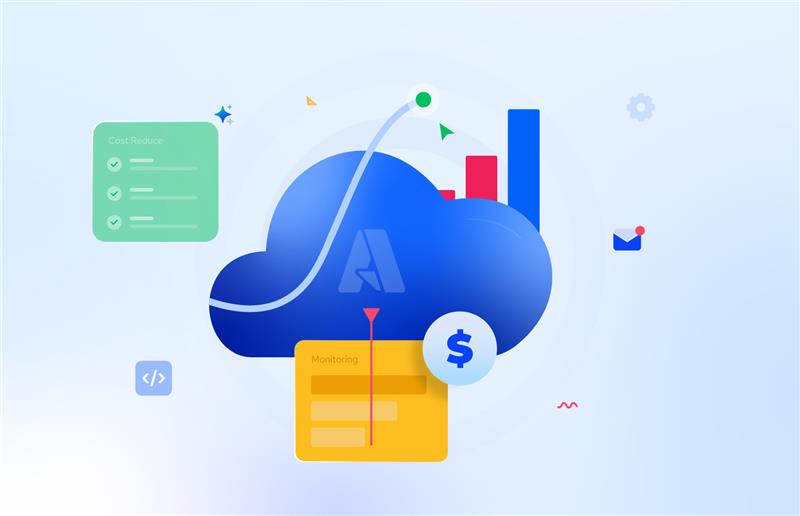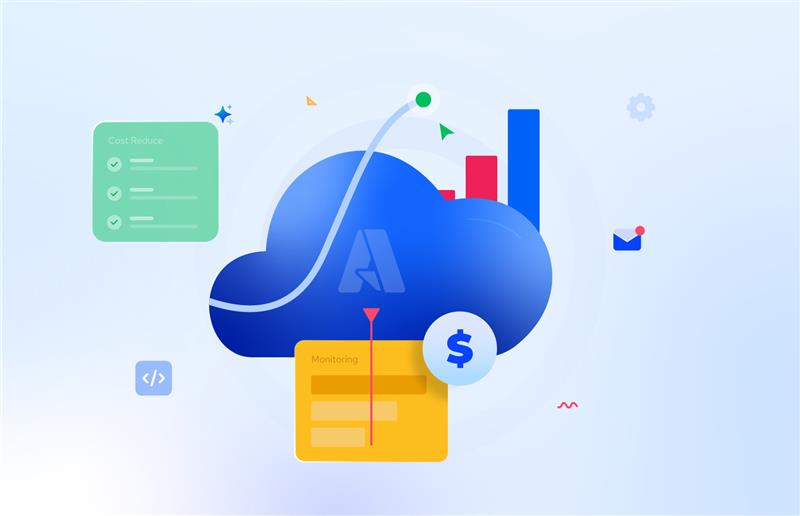Cloud computing’s ascent has redefined modern business operations. Azure, among other platforms, offers unparalleled scalability, speed, and resilience. However, this vast potential brings about the challenge of cost management. Although DevOps teams traditionally focus more on deployment and uptime, addressing Azure costs is essential. Here’s why.
Why DevOps should care about Azure cost?
1. The direct link between operations and cost
In the DevOps world, continuous integration and continuous delivery (CI/CD) are fundamental. However, the ease of deploying resources might sometimes lead to an oversight in managing them below and example that I have been into
- Real-life example: I recall an instance at Company A, where I was directly involved. The team had set up multiple application instances on Azure for a critical testing phase. Our eyes were set on the rigorous tests, ensuring the deployed environment was stable. Unfortunately, in the rush of it all, de-provisioning these resources after testing slipped our collective mind. The end-of-month bill served as a stark reminder of our oversight, showing the costs for unused VM hours, unnecessary storage, and unutilized bandwidth.
- Lesson: Operations and costs in Azure are two sides of the same coin. What you deploy, if left unchecked or unmanaged, can swiftly spiral into unexpected expenses. Integrating cost management directly into our DevOps practices became an immediate action point for us post this experience.
2. Scaling efficiently without scaling costs
- Description: Scalability is the cloud’s promise. However, with scalability, comes the potential for cost escalation if not managed astutely.
- Real-life scenario: Company B, an e-commerce mogul, bolstered resources to handle traffic during a flash sale. But their DevOps team didn’t adequately address auto-scaling. Post-sale, resources lay dormant, yet the bills kept surging.
- Lesson: Scaling up is vital, but scaling down is economical. With Azure’s auto-scaling and by vigilantly monitoring usage, DevOps can strike a balance between performance and cost.
3. The hidden costs of data transfer and storage
- Description: Data is the lifeblood of enterprises today. But transferring and storing this data across regions in Azure can accrue costs that might go unnoticed until they become substantial.
- Real-life example: Company C’s operations demanded frequent inter-Azure-region data shuttling. The month-end brought a staggering bill, primarily from unnoticed inter-region data transfer charges.
- Lesson: Awareness of data transfer and storage costs is paramount for DevOps teams. Strategizing data movement and selecting apt storage tiers can significantly manage costs.
4. Security and compliance impacts costs
- Description: Azure offers a plethora of security tools. However, a mere oversight or misconfiguration can lead not just to data breaches but also to financial repercussions.
- Real-life scenario: Amidst a complex deployment involving multiple applications and databases, the team, under pressure to meet tight deadlines, prioritized ensuring application uptime and performance. Given the diverse set of tasks, a particular database, which stored sensitive customer information like credit card details and personal identification data, was inadvertently set up without the standard encryption protocols the company usually enforced.
When the omission was discovered during an internal audit, the gravity of the situation was immediately apparent. Not only had the data been stored in a vulnerable state, but the database had also been frequently accessed by several applications, increasing the potential risk of data exposure.
Regulatory bodies were quick to respond once they were made aware of the breach. Company D faced penalties under GDPR (General Data Protection Regulation) and other local data protection laws for failing to protect customer data adequately. The compounded costs were not just from the fines; the company also had to spend significantly on:
- Immediate remediation: This involved encrypting the previously unprotected data, ensuring all access logs were reviewed to check for any unauthorized access, and reinforcing security protocols across all databases.
- Communication: Company D had to notify affected customers about the potential breach, a move that not only cost money but also impacted the company’s reputation.
- Training & future safeguards: To prevent such incidents in the future, the company invested in comprehensive training for the DevOps team, emphasizing the importance of security measures in all deployments. Additionally, they implemented a more robust review system, ensuring that all deployments underwent a security check before going live.
- Lesson: This incident at Company D underscores the multi-faceted repercussions of overlooking security, even unintentionally. Beyond the immediate financial implications, the ripple effect on reputation and trust can be long-lasting.
Mitigation strategies and best practices
1. Implement cost alerts
Description: Azure provides a cost management tool that allows users to set up alerts based on specific budget thresholds.
Detailed Action: DevOps teams should set notifications for when 50%, 75%, and 90% of the monthly or project budget is reached. This staggered approach allows for early warnings and timely interventions.
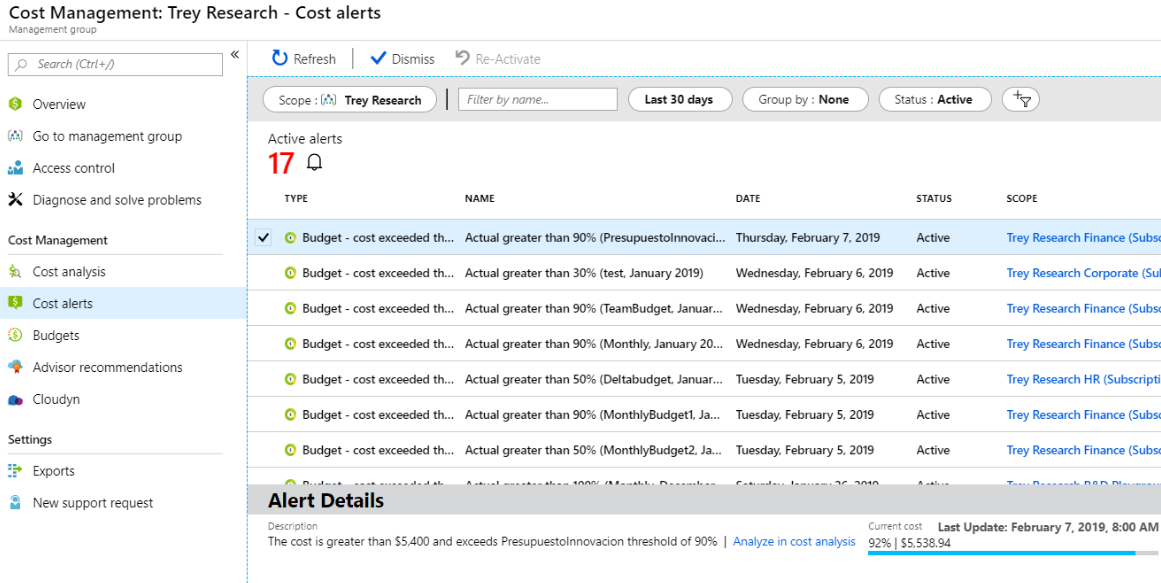
Benefit: Proactive budget monitoring helps in avoiding unexpected expenses, and teams can adjust resource usage in real time based on these alerts.
2. Regularly review and clean resources
Description: Over time, unused or orphaned resources can accumulate in cloud environments, leading to unnecessary charges.
Detailed action: Schedule monthly audits of the Azure environment to identify and de-provision any unused VMs, storage blobs, or other resources. Utilize tools like Azure Advisor which provides personalized best practices and recommendations.
Benefit: This ensures optimal resource utilization, preventing wastage and helping maintain a clean and efficient environment.
3. Optimize resource location
Description: Data transfer, especially across regions, can lead to increased costs. Strategically placing resources can help in minimizing these costs.
Detailed action: Whenever setting up new resources or data storage, consider the primary user base or application’s location. For global applications, leverage Azure’s Content Delivery Network (CDN) to distribute content more cost-effectively.
Benefit: Reduces latency for end-users and cuts down on inter-region data transfer costs.
4. Leverage reserved instances
Description: Azure offers Reserved Virtual Machine Instances, allowing users to commit to VMs over a 1- or 3-year term for reduced costs.
Detailed action: For applications with predictable workloads and consistent usage, transition from pay-as-you-go pricing to reserved instances. Review the usage patterns over the past months to determine the best commitment period.
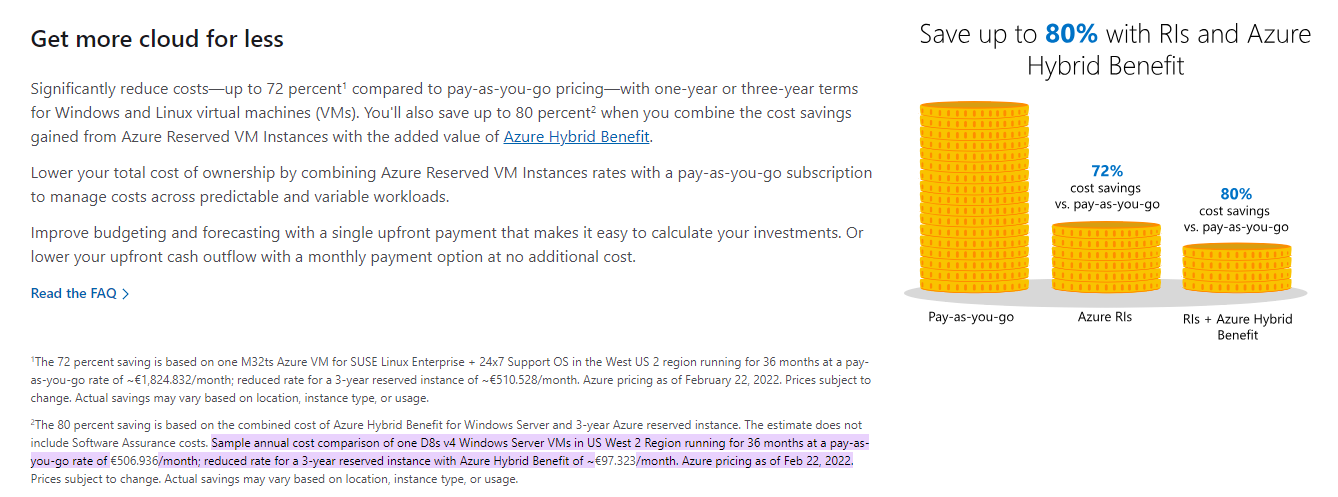
Benefit: Significant cost savings, sometimes up to 72% over pay-as-you-go prices, and capacity priority in particular Azure regions.
5. Implement governance policies
Description: Azure Policy helps set up rules for resource deployment, ensuring that all resources adhere to organizational standards and best practices.
Detailed action: Define specific policies, such as enforcing a particular resource region or encrypting all storage accounts. These policies can be applied across subscription or resource group levels.
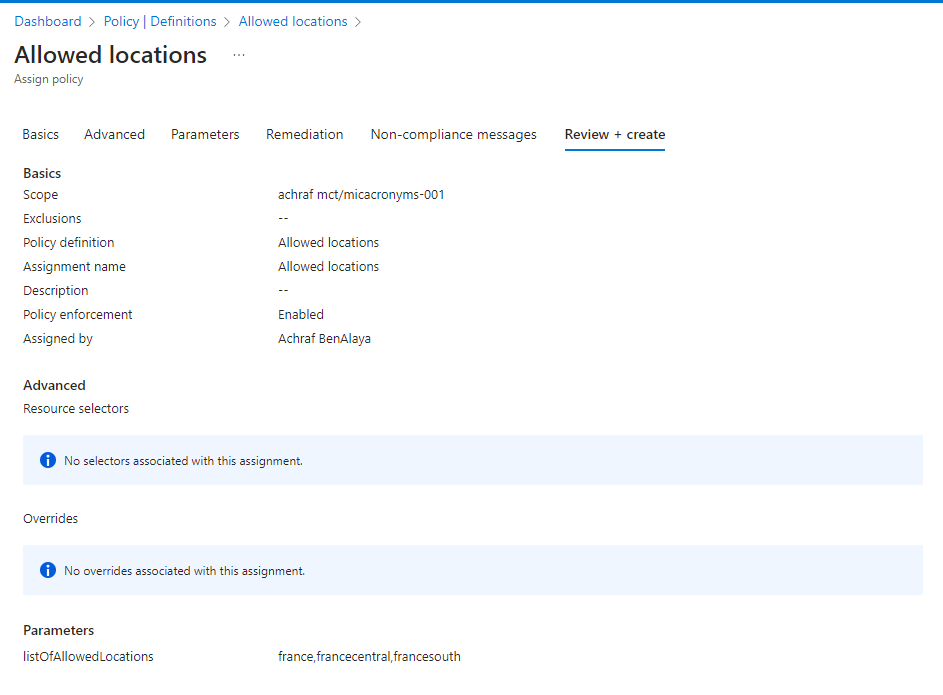
Benefit: Ensures standardization, reduces human error, and can help in cost control by avoiding unnecessary or non-compliant resource provisioning.
6. Engage in continuous learning
Description: Azure, like other cloud platforms, evolves rapidly, introducing new features and pricing structures.
Detailed action: Encourage the DevOps team to undergo periodic Azure training, keep abreast with Azure updates, and participate in webinars or workshops.
Benefit: Staying updated ensures that the team can leverage the best and most cost-effective features offered by Azure at any given time.
Conclusion
A triumphant cloud strategy marries operational finesse with cost optimization. When DevOps teams heed Azure costs, they assure not just impeccable deployments and uptime but also fiscal prudence. In this cloud-centric age, where development, operations, and finance intertwine, DevOps’ proactive stance on understanding and reigning in Azure costs becomes indispensable.







